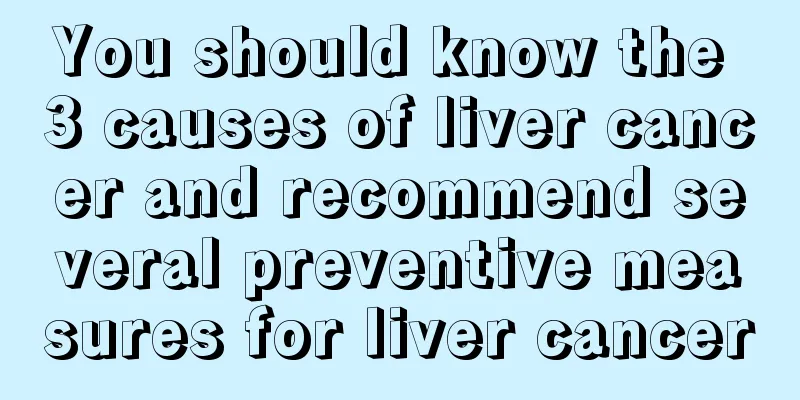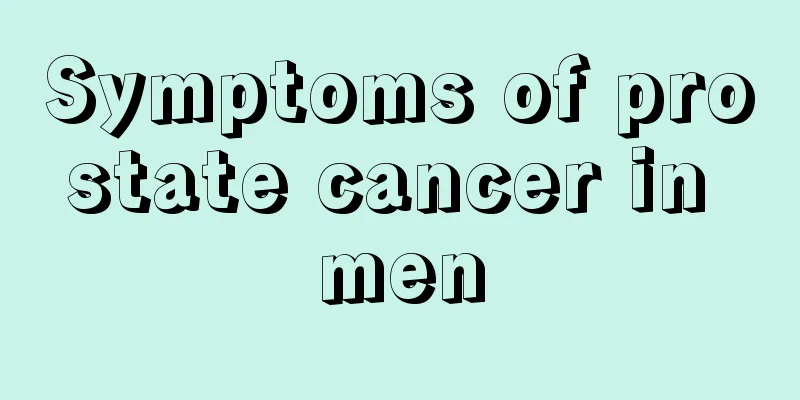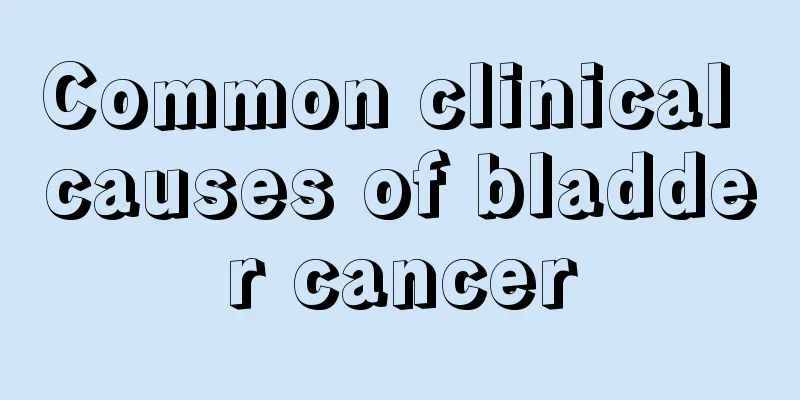You should know the 3 causes of liver cancer and recommend several preventive measures for liver cancer

|
The two main causes of liver cancer and their preventive measures are as follows: (1) Hepatitis B virus (HBV) 90% of liver cancer cases in my country have been infected with HBV, and the chronic hepatitis B infection rate among liver cancer patients is 10 to 20 times higher than that of the control group. The stronger the HBV index, the higher the risk of liver cancer. Chronic hepatitis B is related to cirrhosis. 80% (60 to 90%) of liver cancer occurs on the basis of cirrhosis, most of which is post-hepatitis cirrhosis. Precautions: Vertical transmission from mother to child and hepatitis B infection between 0 and 5 years old may be the main reasons for the permanent existence of hepatitis B virus carrier status. Therefore, in high-incidence areas and cities with conditions, newborns and susceptible people should be vaccinated with hepatitis B vaccine. The involvement of multiple hepatitis viruses and virus variants should also be considered, and it is not appropriate to rely on one measure alone. In recent years, it has been reported that hepatitis C virus (HCV) is related to 100% of liver cancer incidence, and the prevention of hepatitis C will become a practical problem in the future; in addition, attention should be paid to the transmission routes of hepatitis B and C, such as blood transfusion, injection, acupuncture, and shaving. People receiving dialysis, hemophiliacs, spouses of HBsAg carriers, medical workers, and especially those who come into contact with blood and blood products are also high-risk groups. (2) Aflatoxin Aflatoxin B1 (AFB1) is a strong chemical carcinogen for the liver and may be an initiator or promoter of liver cancer in humans. It has a synergistic carcinogenic effect with HBV. 10% of the residents in the high-incidence area of Qidong ingest aflatoxin (derived from corn and peanuts in warm and humid areas), which is 10 to 100 times higher than that of Beijing residents. Precautions: Prevent food from getting moldy, strictly manage hygiene, and prevent ingestion of AFB. Remove or wash moldy food, reduce the intake of corn and peanuts in high-incidence areas, and encourage drinking green tea to prevent AFB from inducing liver cancer. (3) The relationship between drinking water pollution and liver cancer deserves attention There are many organic carcinogens and cancer promoters in lakes, ponds and ditches, as well as a type of blue-green algae that is easy to grow. Its toxic effect on the liver has been identified as another risk factor for liver cancer. In-depth research may reveal the mystery of drinking water and liver cancer. Precautions: Improve water quality and pay attention to drinking water hygiene, especially in areas with high incidence and serious industrial pollution. Rural areas should drink running water and well water, and cities should use less polluted water sources as tap water. |
Recommend
Medicine for moistening the intestines and relieving constipation_Medicine for regulating the intestines
Many people suffer from constipation. Most of the...
What is the reason for vertical lines on the earlobe
Vertical lines on the earlobes are a problem that...
What can you eat to prevent liver cancer? Who are the people who are susceptible to liver cancer?
Liver cancer patients are mostly middle-aged and ...
Gutter oil is everywhere, how to detoxify after eating it?
We are no longer surprised by gutter oil. It can ...
What causes nasopharyngeal cancer and how to prevent it
What causes nasopharyngeal cancer? How to prevent...
There are five main symptoms of hidradenitis
Hidradenitis generally occurs in the subcutaneous...
How should I exercise after colorectal cancer surgery
Cancer treatment is a long-term battle. In additi...
Early pictures of pituitary tumors Various harms of pituitary tumors to the human body
Maybe you have never heard of pituitary tumors, a...
The best concealer liquid foundation
Liquid foundation for concealing blemishes is a k...
Nervous System Anatomy
The nervous system is the dominant system in the ...
What is the sour smell under the armpit?
The sour smell under the armpits is actually a co...
What kind of exercise is suitable for early liver cancer
We cannot lack exercise in our lives, because lif...
What should patients with endometrial cancer eat in their daily diet? Which 20 kinds of vegetables have an inhibitory effect on tumor cells?
Patients with uterine cancer should pay attention...
Details to pay attention to when you have acne next to your nose
In daily life, some people inexplicably develop p...
How to treat and prevent white spots on the face?
Leukoplakia refers to vitiligo, which can occur i...









